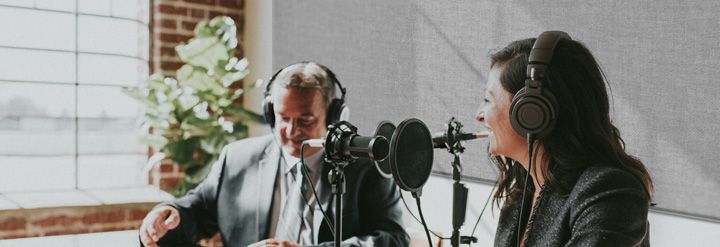
WHAT'S THE BEST WAY TO USE SOUND ABSORBING PANELS?
WE CAN HELP
A sound absorbing panel is used to treat noise problems in your area, whether it's in your home, office, or studio. With so many sound dampening solutions available, there are many different ways you can use it in your space. In this article, we are going to talk about what these panels are, how they work, and different situations you can use them to help improve your acoustic environment.
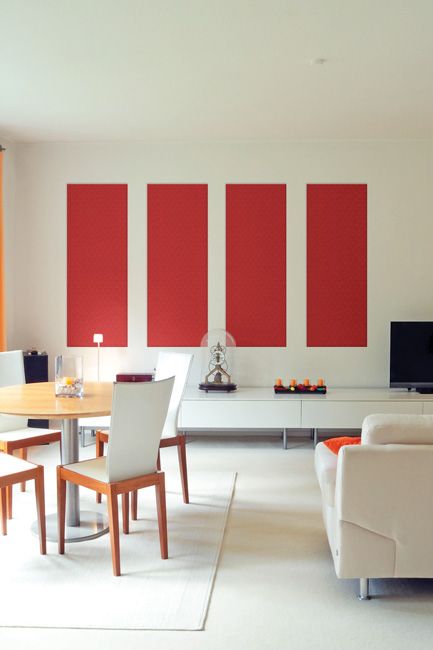
Fabricmate Acoustic Panels in Living Room
WHAT ARE SOUND ABSORBING PANELS?
Sound absorbing panels – also referred to as acoustic panels, soundproofing panels, noise reduction panels, and more – are used to manage the noise in a room. They reduce the echoing and reverberation of sound in a space.
Echo refers to the sound we make that bounces off the surfaces surrounding us. Remember being a kid and shouting “Hello!” into a big empty room just to hear it repeated? That’s what happens every time we make sound. How noticeable it is just depends on the size of the room and the materials inside of it.
Reverberation is the amount of time it takes for sound to drop. The longer it takes, the higher the reverberation and vice versa. For speech to be understood well in a given space, the reverberation should be managed at certain recommended levels. As an example, reverberation times in an office should be around 0.75 seconds, while reverberation times in an auditorium is recommended at 1.50 to 2.00 seconds.
Absorption materials such as sound panels help dampen echo and reverberation so we can easily hear and understand each other in indoor spaces.

Our ReCore® Backing is made from Recycled Water Bottles
WHAT ARE SOUND ABSORBING PANELS made of?
All sound panels contain some type of sound absorbing material, like foam or wood. Acoustic foam panels are made of foam, while wood panels are made of wood with slots or holes cut into it.
Many other sound panels consist of sound absorption material supported in a frame and wrapped in fabric. A wooden frame is used as the backing which is then filled with sound absorption materials like foam, mineral wool, fiberglass, cellulose, or a mix of these items. The frame and sound absorbing materials are then tautly wrapped with fabric.
At Fabricmate our panels have the added function of providing thermal insulation to help maintain room temperatures. They also provide a tackable surface which functions as a bulletin board, perfect for pinning up photos, documents, and more.
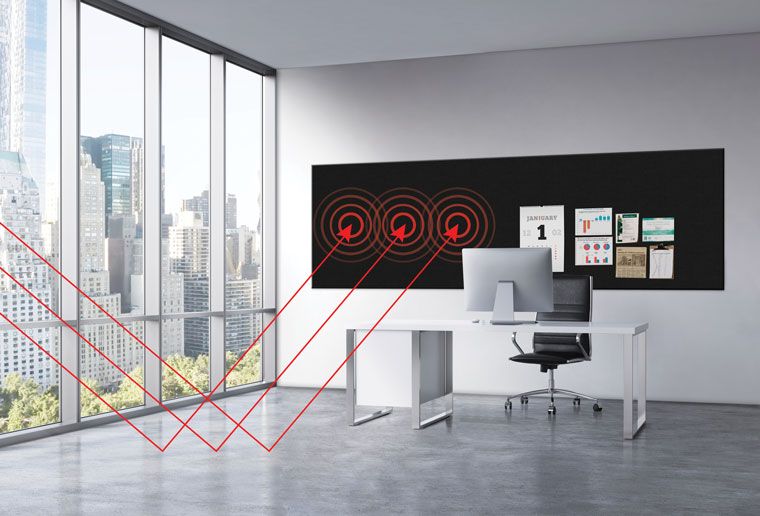
Acoustic (and Tackable) Panel absorbing reverberated sounds
how do SOUND ABSORBING PANELS work?
The magic of sound absorbing panels are largely in the sound absorption material. With bare walls, sound waves hit and bounce off walls, which causes echoing and other sound pollution.
The material helps to reduce background noise by absorbing sound waves, preventing the sound from reflecting back into the room like it would with bare walls.

Acoustic Panels can help manage sound in a room
how effective are SOUND ABSORBING PANELS?
Sound Absorbing Panels do a pretty good job of managing sounds in a room. They do this by reducing the levels of echoing and reverberation from indoor surfaces. By finding the right balance of coverage with sound panels, you can achieve healthy acoustic levels in your home, school, or office.
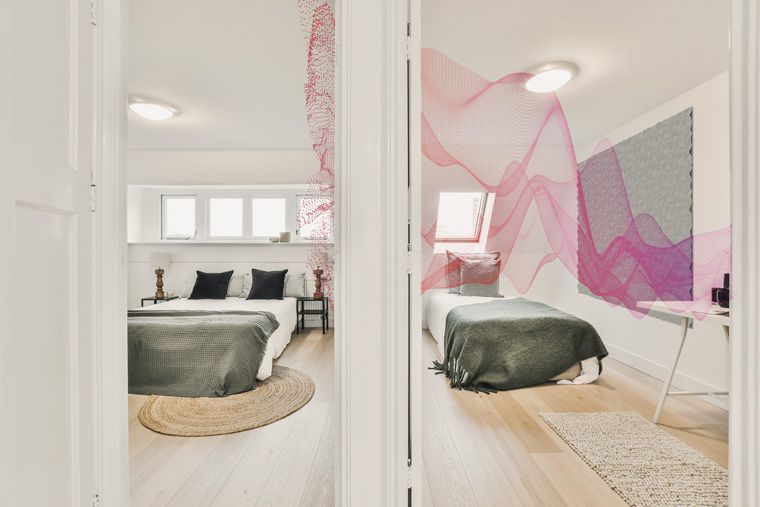
Soundproofing will prevent sound from passing from one room to the next
what's the difference between soundproofing and sound absorption?
Sound absorption is when sound is being reduced inside of a room by the materials that line the interior of the wall. But, some of that sound will escape to the other side of the wall, allowing people on each side to hear what’s going on in the adjacent room.
Soundproofing is the process of preventing sound from passing through the wall from one room to the next. The goal here is to block sound from leaving your room, not just manage noise within the room itself.
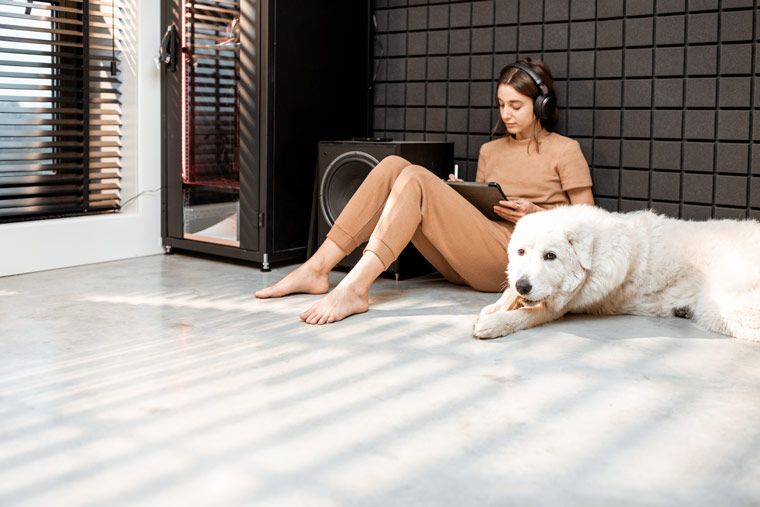
Modern music studio in home with custom recording booth
how many sound absorbing panels do i need?
The amount of acoustic panels you need will depend on the level of activity in your room, size and shape of your room, and the size of your panels. Every situation is different but here is a loose/approximate rule of thumb to go by - For example, a high activity space like a home theater would need roughly 50% to 75% wall coverage with panels, while a low intensity space like a conference room of the same size would need about 10% wall coverage.
In general, the standard recommendation is 20% to 35% wall coverage. Using this recommended level of treatment, for example, a 12’ x 12’ x 8’ office space would need at least 7 of the 2’ x 4’ sized sound absorbing panels (or close to 80 sq ft of our Site-Fabricated System).
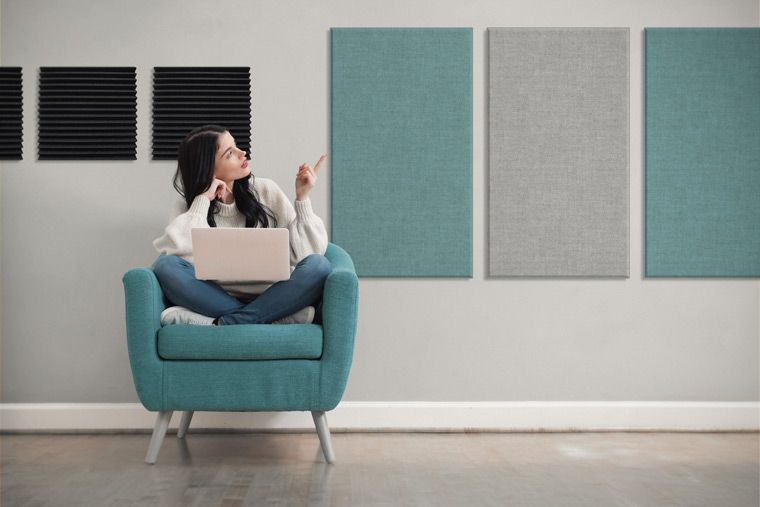
Acoustic Foam and Fabric Panels showcase in living room
where should you place sound absorbing panels?
Panel placement is important for several reasons. If they are too high, the panels will not be as effective because it will take a longer time for sound to reach them. And if they are too low to the ground, you then have the added risk of the panels getting dirty and damaged.
If you are managing sounds coming out of speakers, panels should be placed at the points where the speaker sound is being reflected off the walls. If you’re managing sounds from multiple individuals in a room, place the panels at heights in line with the speakers' mouths (roughly 5 to 7 ft for adults standing up to talk, but 4 to 5 ft in an office with people sitting at a desk).

What Tools do I need?
how do i hang sound absorbing panels?
How you hang your sound panels depends on the type of panel you’ve purchased. Some foam panels come with an adhesive backing where you peel off the paper tab and simply press the panels into the wall.
Other panels may come with a sawtooth hanger you attach to the panel frame. You then would hang the panel by hooking the hanger over a nail in the wall. If hanging these types of panels in a corner, you can anchor eye hooks into each side of the wall, and run a wire to connect each eye hook in the wall to the closest eye hook located at the back of the panel frame.
Our Fabricmate panels are attached by stapling the backing and filler to the wall, and securing the fabric over the frame and backing. We show how easy this is in one of our installation videos.
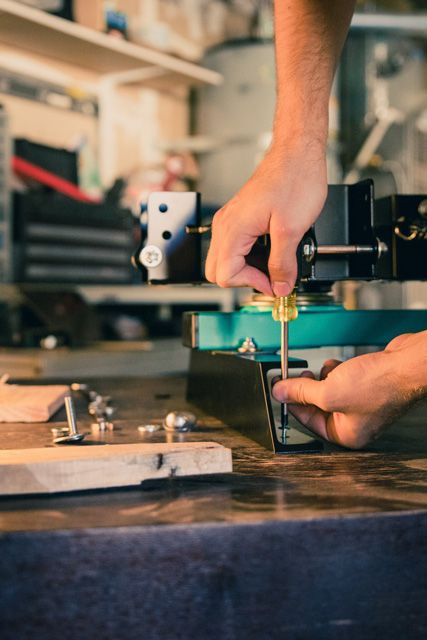
You'll need materials, tools, and time
how can you make sound absorbing panels?
If you have a small project, you may be considering making your own DIY sound absorbing panel. While it is of course doable, it does take a bit of planning, measuring, cutting, and good old elbow grease to make it happen.
To make your own panels, you would need materials for the frame (such as wood), filler (foam, mineral wool, fiberglass, or cellulose), and fabric. You will also need tools such as a drill, glue, screwdriver, saw, tape measure, staple gun, and knife. The general steps to making your own panels would is shown below:
● Cut two boards to the length of the longest side, and another two to the desired length of the shortest side.
● Arrange the boards in a rectangle and secure the pieces together with screws.
● Take a strip of wood to reinforce the frame and secure it halfway down with screws.
● Fill the frame with your filler of choice.
● Stretch your fabric over the frame, and secure with staples while ensuring no wrinkles or slackness. Trim off excess material.
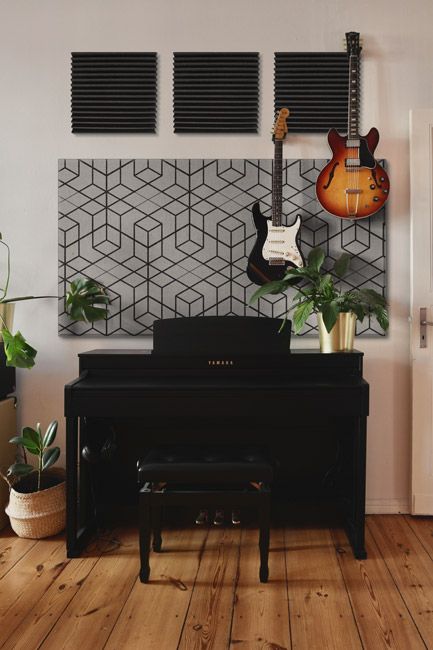
3 Foam Panels shown at top | Fabricmate Custom Fabric Panel on bottom
which is the best sound absorbing panel to use?
Acoustic foam panels are effective at improving the sound quality in a room. They are the cheapest option, and are available in a variety of designs and colors.
Acoustic fabric panels are even more effective than your typical foam panel because the fabric wrapping around the acoustic materials also helps to absorb sound. As a result, they are also generally thinner than foam panels. With variety in the colors and designs of fabrics used, you can choose a panel well-suited for the aesthetics of your space.
Individual panels work well for small spaces. Custom panels designed to provide full wall coverage are better for larger spaces. At Fabricmate, we give you the ability to customize your options, whether you need individual panels or full wall coverage. You can also consider hanging sound baffles if you have limited wall space.

Fabricmate Modular Panel installed in home
which sound absorbing panels to use for home?
The best sound absorbing panels to use for your home would be fabric-backed sound panels. These panels are thinner than regular foam panels, effective, and can be customized to match your home décor.
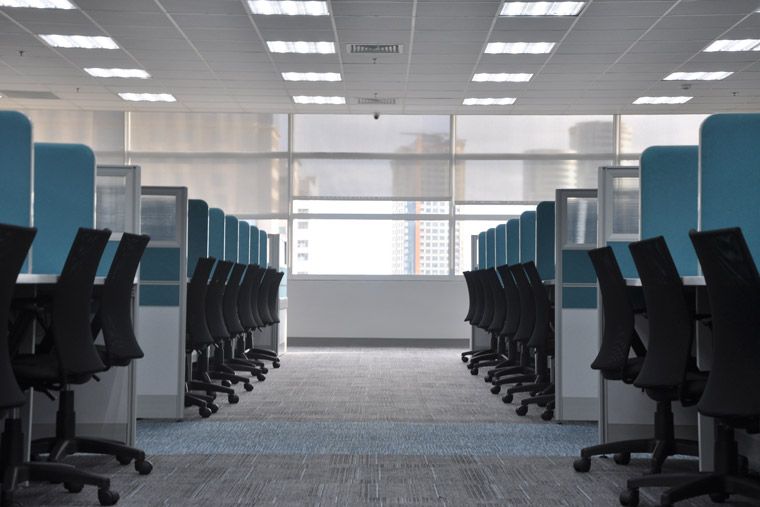
Cubicle Panels in Office
which sound absorbing panels to use for the office?
For the office, using custom fabric acoustic panels to provide superior wall coverage is ideal. You also want to consider other functional features such as tackability for bulletin board-like use, and temperature insulation to help maintain the temperatures in a roam. Panels like our Fabricmate tackable and magnetic product work great in an office setting.
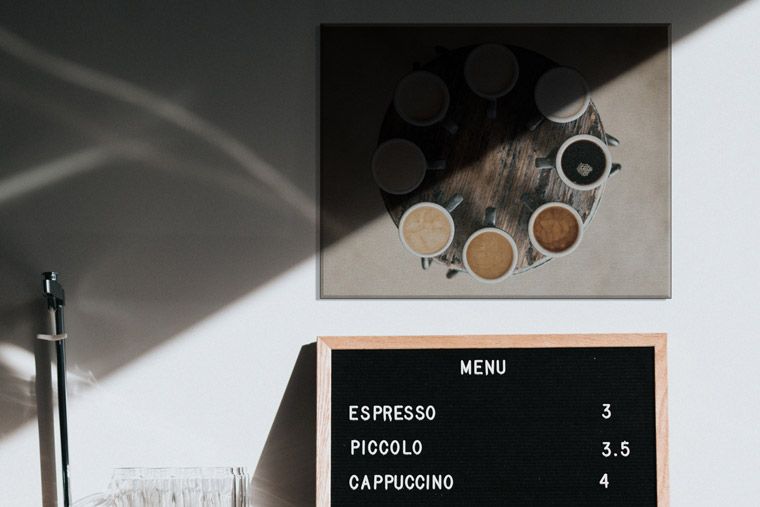
Custom Printed Fabric Panel in Coffee Shop
which sound absorbing panels to use for a store?
The best panels for a store are ones that are durable, aesthetically, appealing and that provides excellent wall coverage. Custom acoustic panels like our durable wall protection product works great in high traffic store environments.
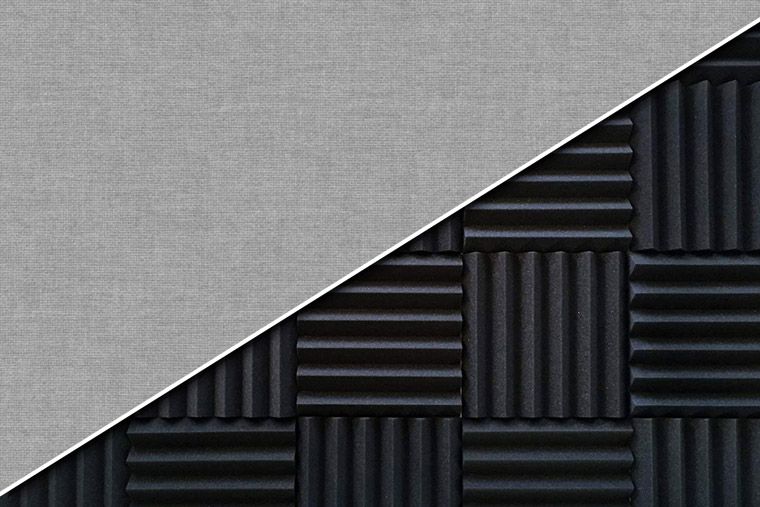
Fabric Panels vs Foam Panels
which sound absorbing panels to use for walls?
The best sound absorbing panels to use for walls depends on your needs and the types of room you need to improve acoustics in.
For example, the type of panels and coverage you would need in a single room would vary if you are trying to design a home theatre versus just trying to improve it for a better educational learning environment.
For dorm rooms, or other small rooms and temporary spaces, you can consider going the cheaper route of using acoustic foam panels. For homes, using fabric panels are generally more durable, aesthetically-pleasing, and effective solutions.
In studios where aesthetics are not at the forefront, you could use foam panels (like the widely used egg crate foam items) to cover the wall for acoustic improvement. If Aesthetics are important, Studios, Offices and schools would do best with custom, multifunction, fabric-covered panels with extended wall coverage.
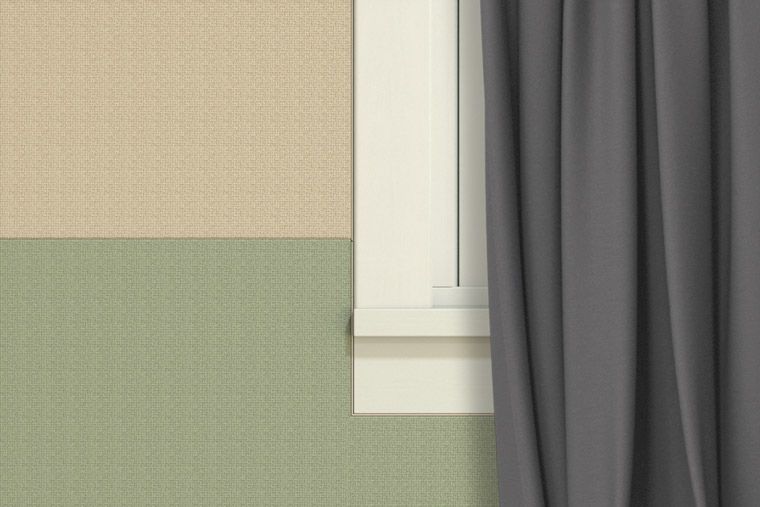
Sound Absorbing Curtains
which sound absorbing panels to use for windows?
For reducing the sound at windows, you can consider hanging sound absorbing curtains or blankets. You can also use a dampening seal product to fill in any gaps identified at the window.
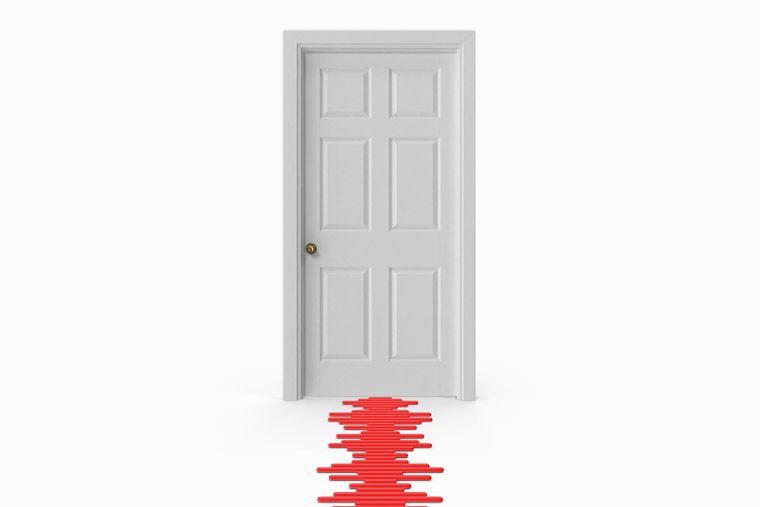
Sound escapes through the bottom of doors
which sound absorbing panels to use for doors?
Like windows, doors are often your weakest link on your walls when it comes to noise pollution. The spaces around the sides, top, and bottom of a door allow sound to escape from and enter into a room. And because many doors are often hollow-wood materials, sound transmits through the porous material.
Sound absorbing foam panels are an easy solution for doors, as are fabric panels. You also have the option to purchase a door-sized sound panel to secure to the door itself. One DIY alternative is to order a ½ inch thick piece of plywood cut to the size of your door, and to secure it to your door using wood glue and screws.
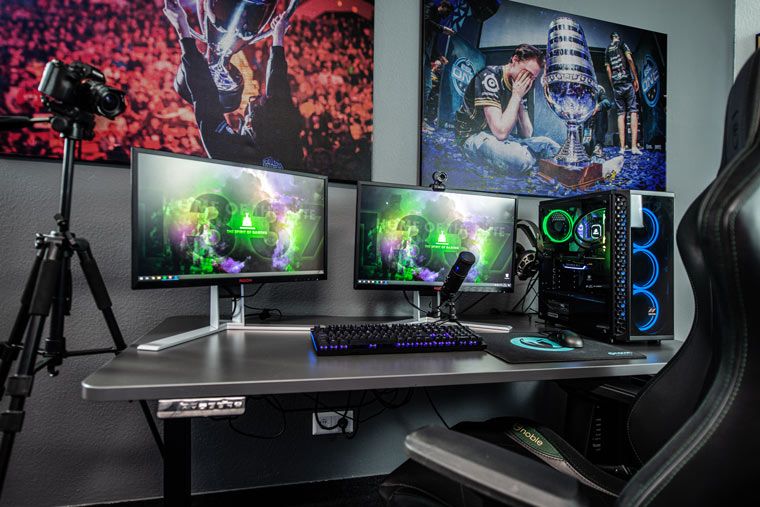
Custom Printed Panels for Gamers/Gaming
which sound absorbing panels to use for gaming?
For gaming, you can use a variety of sound absorbing panels, from foam to fabric. You could also consider using sound absorbing materials at the doors, windows, walls, and ceilings. Wall-to-wall coverage is often ideal, as are using curtains at the windows and panels at the doors.

Thinking about buying Sound Absorbing Panels?
how much do sound absorbing panels cost?
Sound absorbing foam panels can range anywhere from $6 to $12 per (12"x12") panel. For small or temporary jobs, sticking to the cheapest method (like acoustic foam panels) may be your best option. But for higher quality, long-term solutions, upgrading to fabric panels is typically a much more cost-effective and aesthetically pleasing solution.
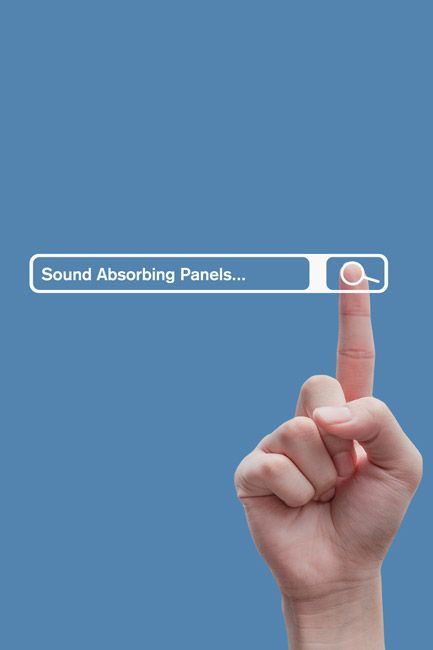
Looking for Sound Absorbing Panels? - We Can Help!
how to find decorative sound absorbing panels?
You can find decorative, durable, and multi-functional sound absorbing panels from specialty companies like us here at Fabricmate. We also offer customizable solutions for the printed graphics on your fabric panels where you can use your photographs, drawings, geometric designs, graphs, maps, and anything else you can imagine to achieve your perfect vision.
At Fabricmate, we can help you create custom panels to match your needs, tastes, and budget. Contact us for help improving your acoustic environment.
| Visit Site | Visit Store | Contact Us |

